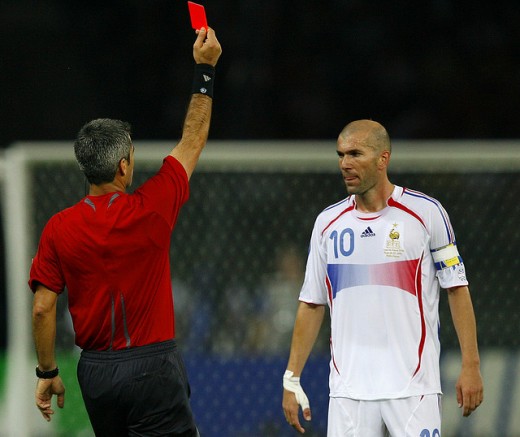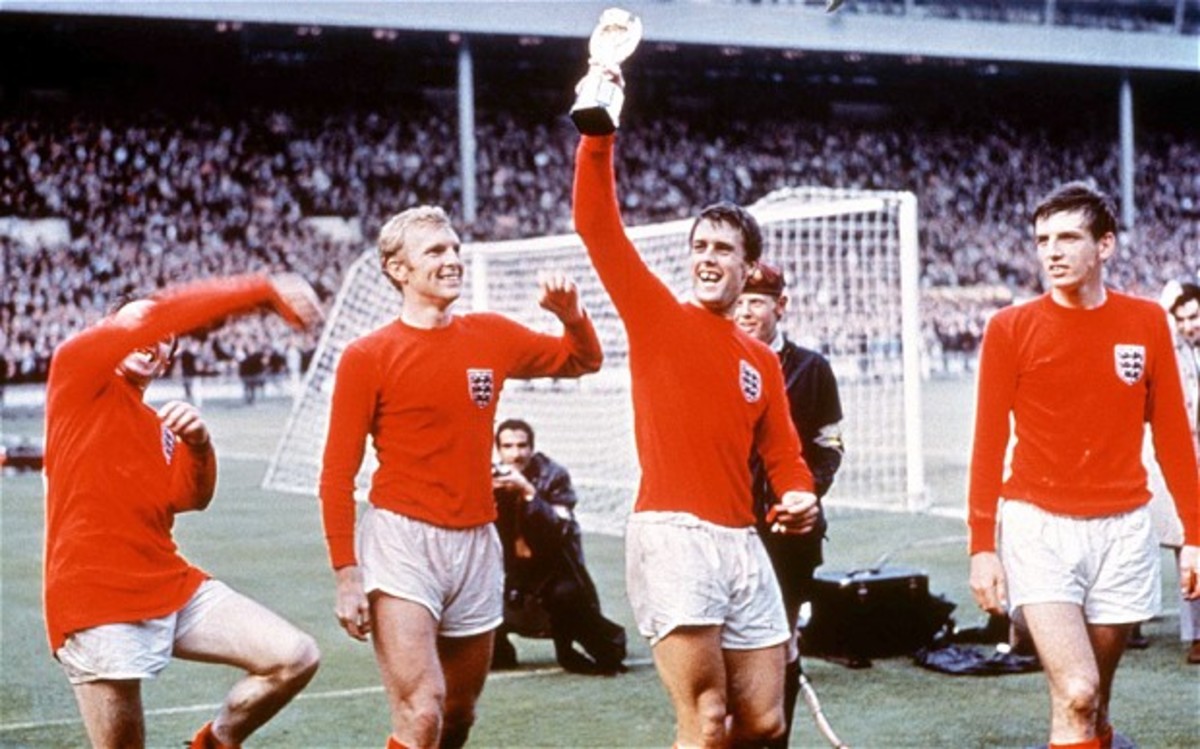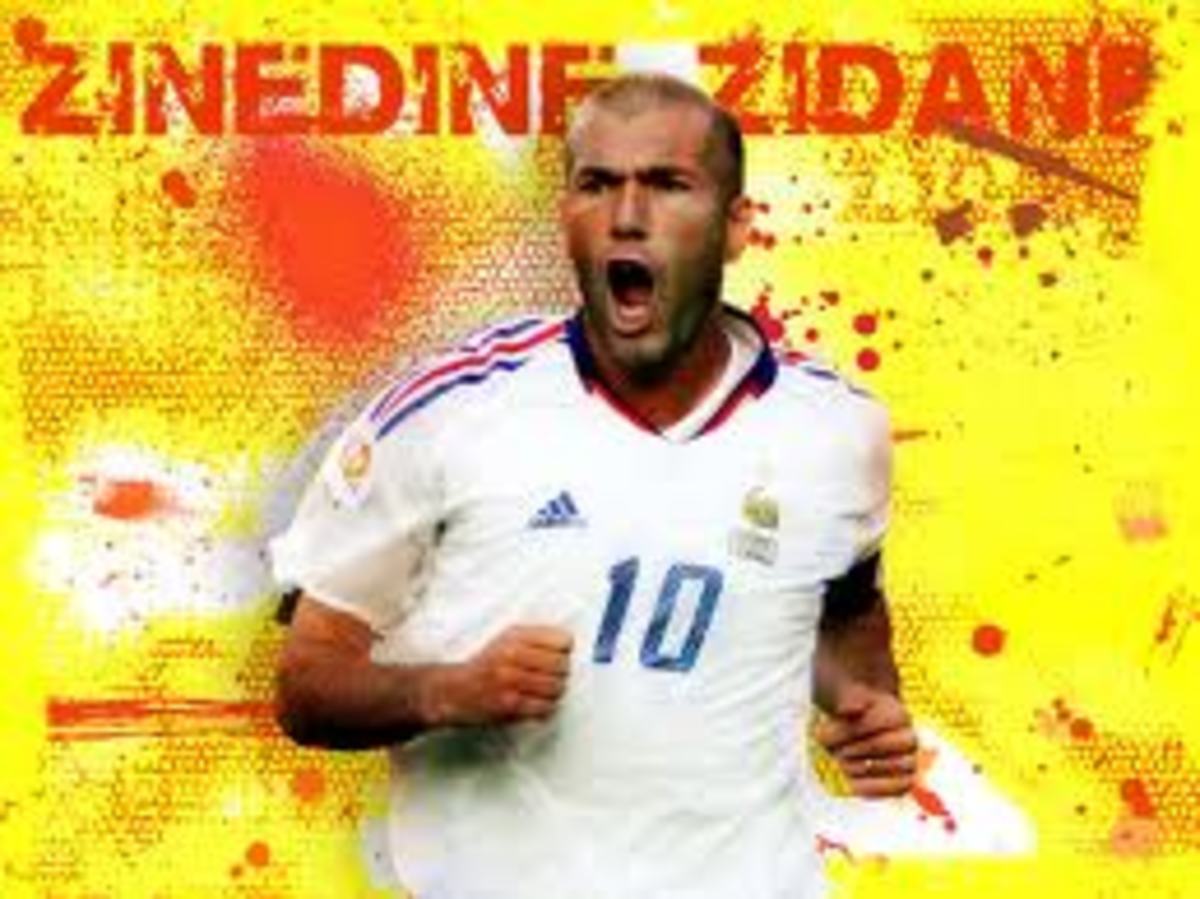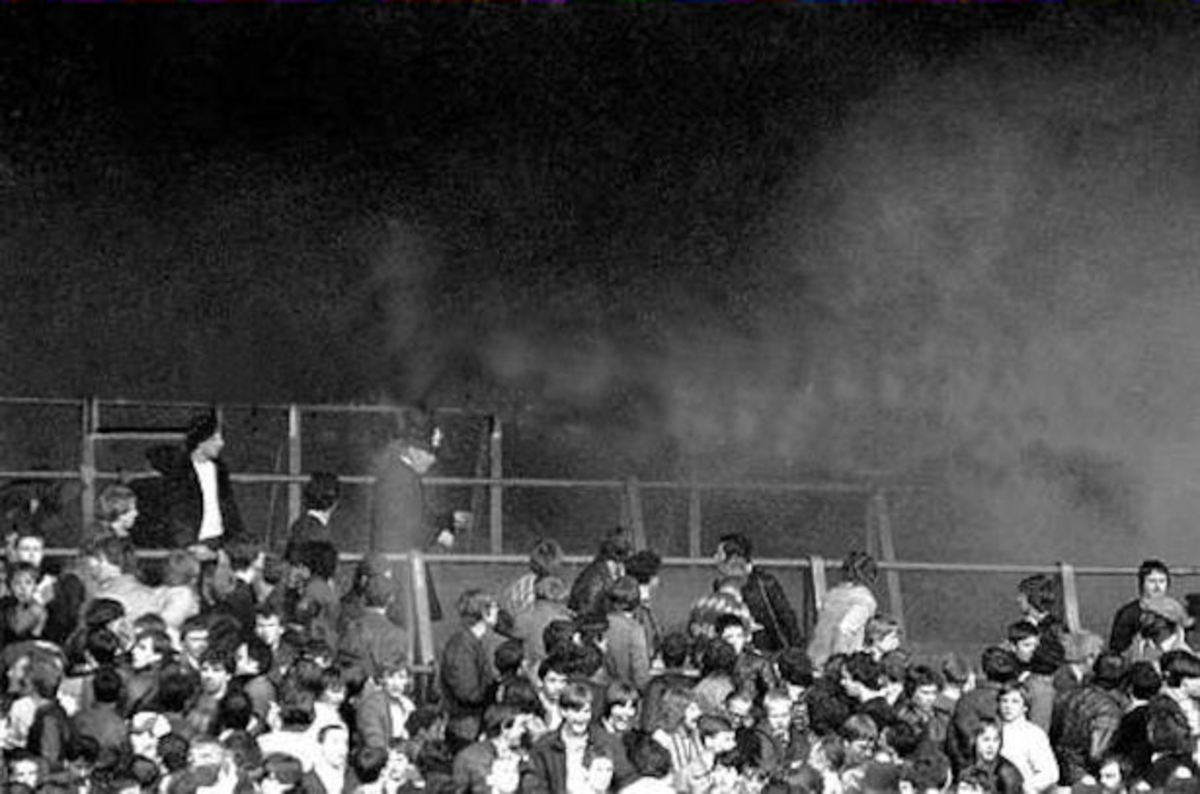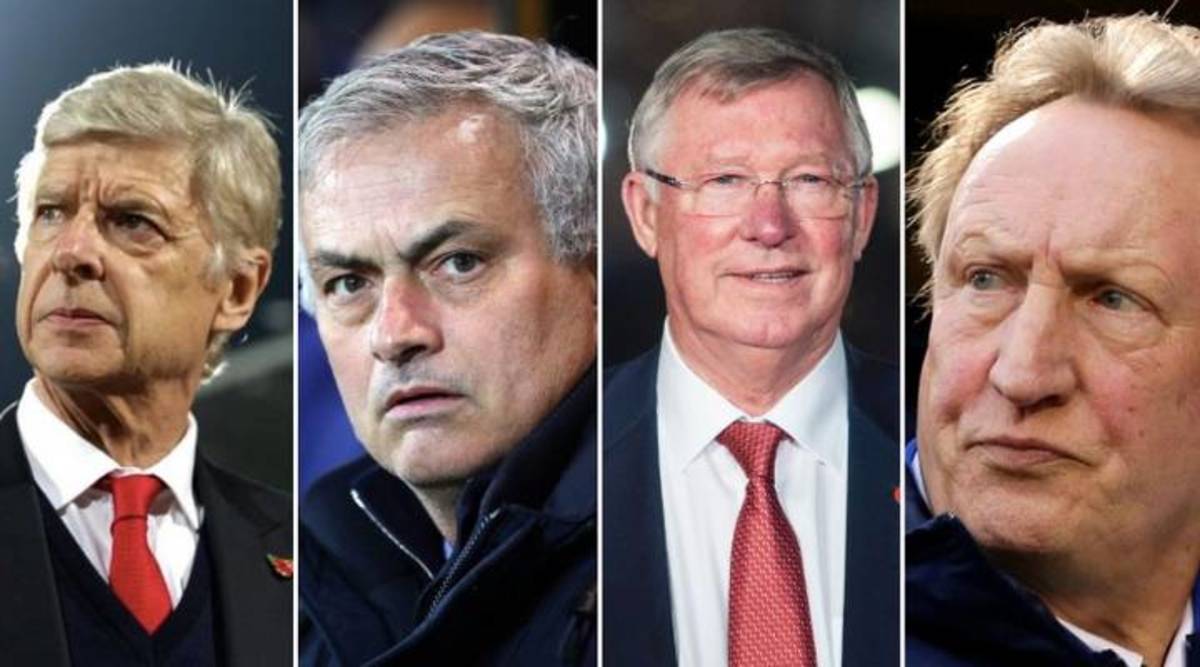Soccer 101
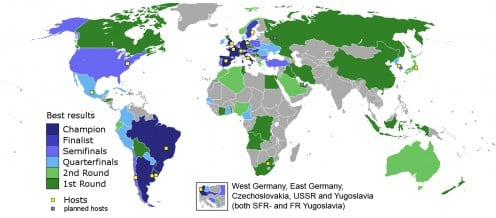
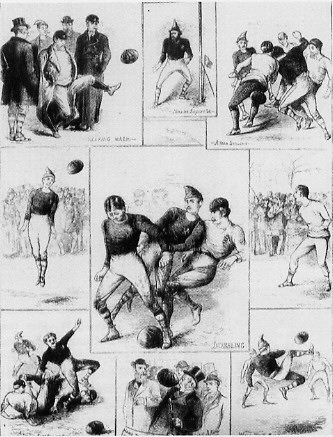
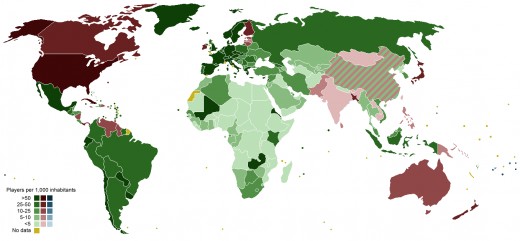
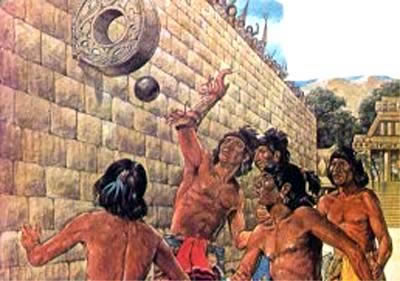
History of Soccer
Undoubtedly, the biggest event of the world is none other than World Cup which is held every four years. The next edition of this event is three years from now in Brazil. To appreciate the sport behind this global event and be one of the hundreds of millions who enjoy it, here are some insights into the rules of game and of the tournament.
The event is for one month and after a 2 year qualifying campaign conducted in the various regions across the globe, 32 of the best national football teams will be competing for the honor to be crowned with the title of champions.
Most people are often confused whether to use soccer or football when referring to the sport. It is actually the same. Soccer is mostly used in the United States of America while in other countries it is known by the name football. The term soccer has been extracted from the words association football. First time the term was used was in 1863 in London when the rules of the game were codified for its players.
While association football or soccer in its current manifestation is fairly new, various forms of football have existed centuries ago. It is believed that something like it was played in the country of China back in the dynasty of Ts’in in the era 206 – 255 BC. In that period, a ball is made out of animal skin and people used to play with thirty feet high nets. It was played in festivals to mark celebrations. Usually the high gentry were also present in those ccasions. The game was also a popular sport in Egypt, the Eskimos and America. The rules were almost the same with minor differences.
In the Native American version of the football game, it was played with players wearing something which can disguise them from the opponents. The game is known by the name Pasuckuakohowog among the locals and later it was registered by the same name in history. It is believed that the skull of the enemy was used as a ball.

The World Cup
There have been seventeen World Cups around the globe.The interesting fact is there are only seven countries that have won this prestigious tournament. From the patterns of winning, it has been observed that the host country has competitive advantage over others.
This event is considered as the biggest event of the year. People travel from all over the world to be part of this exotic event. People book accommodations tickets many months in advance due to the high demands.
The 32 teams that have qualified for the World Cup are divided into groups of four for the initial stage of the tournament. In this stage, a team will play the 3 other teams in the group once. The top 2 teams advance to the next round. A win is 3 points and a draw is 1 point. Goal differentials are used for tie breakers in the team standings.
After this group stage, 16 teams proceed to the knock-out stage. Teams will be paired with another team and in this stage, it is only one match and all or nothing. winner advances to quarterfinals and so forth. In the event of a draw after 90 minutes, 30 minutes of extra time is played. If it is still a draw after extra time, they go to the nerve wracking penalty shootout. In a penalty shootout both teams designate 5 kickers who take turns taking penalties until a winner is determined. If it is still a draw after the first 5 kickers, they continue taking penalties but this time the winner is determined by sudden death. Whoever misses their penalty kick at this point loses.
After the first knock-out, the winning teams proceed to the quarterfinals and the tournament proceeds under this knock-out format until 2 teams remain to play in the finals for the chance to win the World Cup.

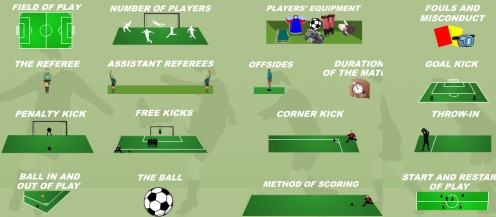
The Basics
With the passage of time, things got streamlined and a simple set of rules for the game started to emerge. These simple set of rules have stood the test of time and continues to be followed to this very day with hardly any changes. It is a testament to the beauty and universal appeal of the sport. For better understanding, some of the rules are narrated below:
In the whole team, only the goalkeeper is allowed to use his hands in order to defend the goal post. That rule applies only if the ball comes from the opposing player. The goalkeeper is not allowed to use his hands when receiving a pass kicked to him by his own teammate (This is a recent modification to the rules). By hand, here it means any part of the body of the player from shoulder to the fingertips.

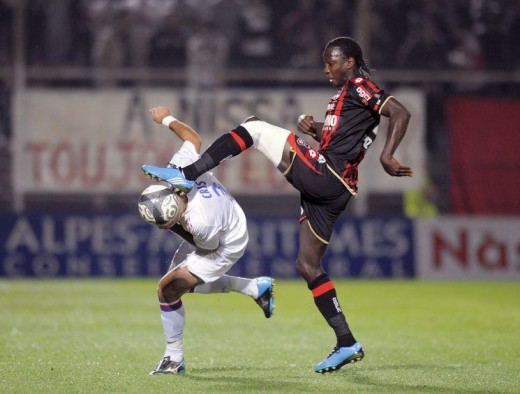
Fouls
Any of the players is not allowed to deliberately harm the opposing team’s player or impede the progress of a player through physical contact. These includes, pushing, striking, kicking, spitting, elbowing, tripping or jumping in a tackle with the studs shown upwards.
Shoulder to shoulder contact is allowed provided that you are not leading with your arm and that the ball is close enough to play for. One needs to be careful that they adhere to rules of the game and avoid any unwanted situation that can harm themselves, as well the other players.
Players are closely watched by referees for use of hands, legs or any body part in any wrong or offensive way. Overly aggressive and malicious fouls and tackles can lead to warnings and even to outright ejection from the game, leaving the team to play with one player less.
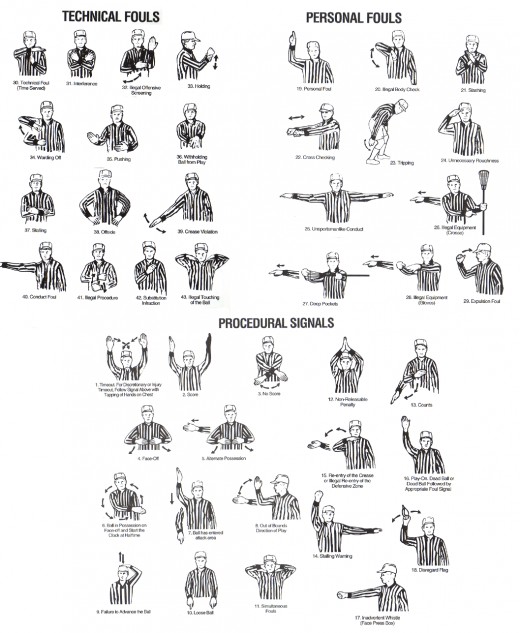

Indirect and Direct Kicks
Whenever the person of the opposite team makes a foul, a direct or indirect free kick is given to the other team. The direct free kick is one which can be struck directly into the goal, while the indirect free kick requires one touch from a teammate before it can be shot towards goal. A direct free kicks are given if there is a contact foul.
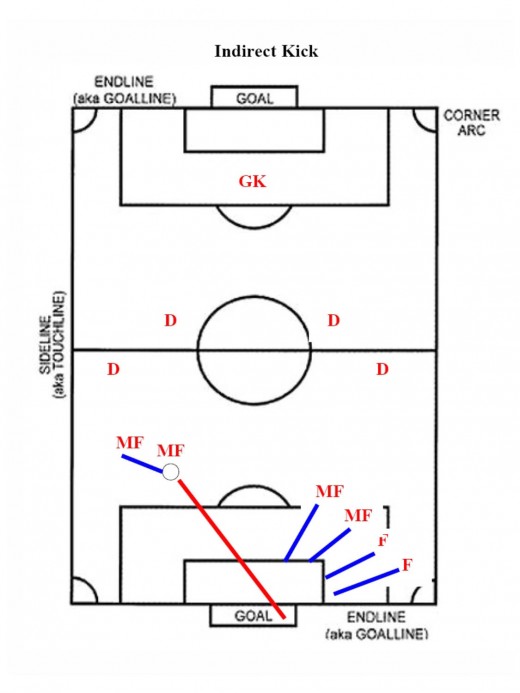

Throw Ins, Corner and Goal Kicks
Throw INS: The ground in football is marked on all the four sides in the shape of a rectangle. If the ball goes out of bounds along the sidelines perpendicular to the where the goals are situated, the opposing teams’ player closest to it has to throw that ball inside again to restart play. Hands can be used to throw in the ball. The player must raise both of his arms over the head to throw the ball back into play in order to do a proper throw-in.
Corner and Goal Kicks:Usually when the ball goes out of bounds on the sides where the goals are situated, the result is corner kick if the defender had last touch or a goal kick if the attacking player had last touch on the ball.
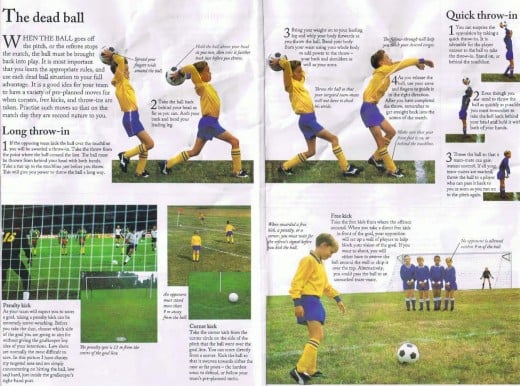
Penalty Kick
A penalty kick is an advantage given to an offensive team if there is a foul from the defensive team in the penalty area. As a penalty on the defense for the foul made to illegally stop a scoring opportunity, the penalty kick is a direct kick and a golden chance to score for one’s team. The ball is placed twelve yards away from the goal post. The goalkeeper keeps his feet at the mouth of the goal and goes one on one with the attacking team's designated kicker.
One can get the detailed rules and regulations about the game on the official website of FIFA. One can visit http://www.fifa.com/ to get all the information about football ready at hand over the website.
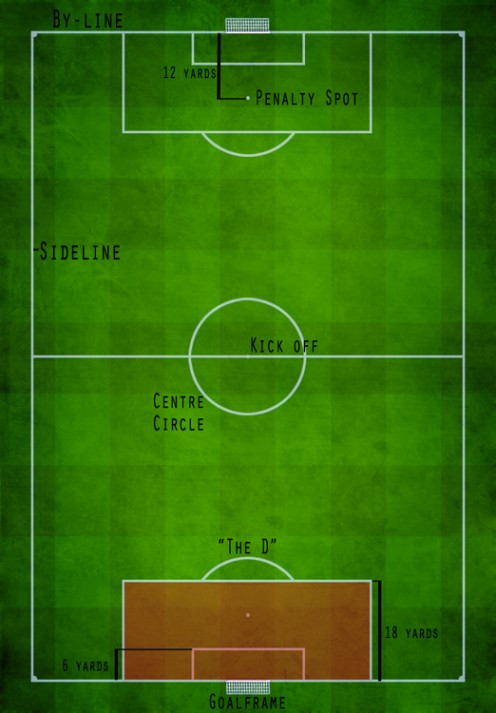
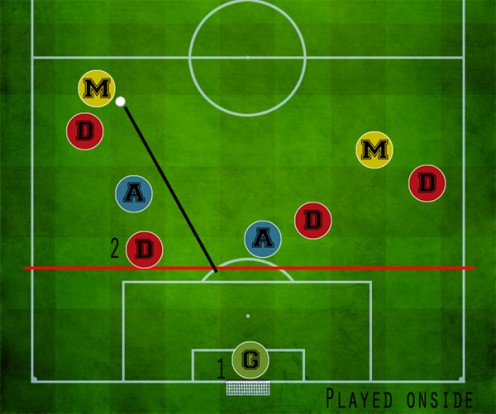
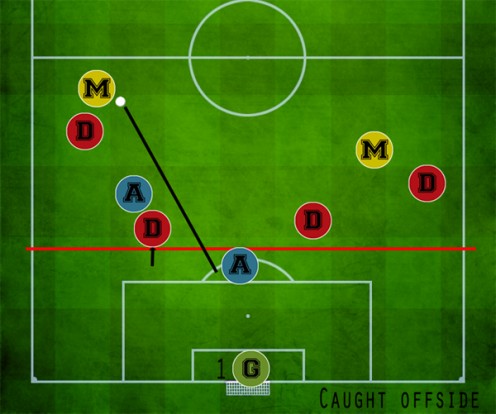
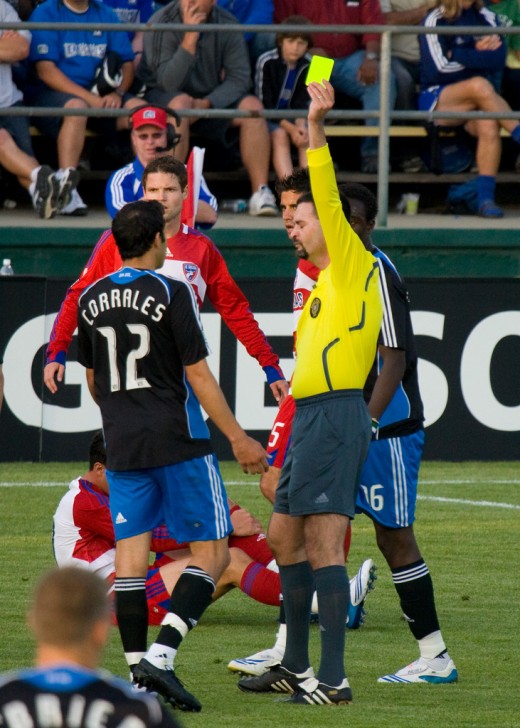
What the Colored Cards Mean
The referee carries with him two cards: yellow and red.
- Yellow card means that a warning is given to a player, and if given twice in one game it means you are out of the game.
- Red card means a player is ejected out of the game and then the team has to play one player short. Two yellow cards in one game is equivalent to a red card. However, certain offenses such as violent play or fouls merit an immediate red card and ejection from the game.
